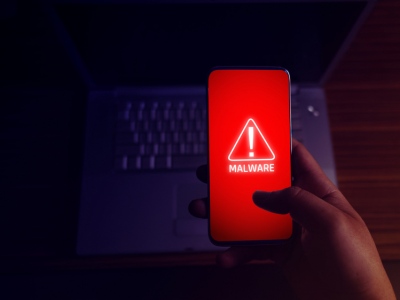
Dual screens are a small, but growing niche. Last year, the Toshiba Libretto W100 was released and it featured two 7” screens. In April 2011, another notebook, the Acer Iconia, offer two bigger 14” displays. And now on Sprints network, we have the new Kyocera Echo, the first ever, dual-screen Android phone. A huge press event was held to build up the hype, however it may have backfired a little since the phone lacks latest features such as dual-core processor, 3D camera and 4G connectivity. Had Kyocera and Sprints not brought too much fanfare, the phone might have been somewhat better received. Obviously, the dual-screen is pretty darned useful, but in essence, the Echo is just an ordinary Android phone accentuated with a single big innovation.
Both of Echo’s 3.5” capacitive displays run at 800 X 480 resolution, as a whole, users get a single 800 X 960, with a black border on the middle. However, the performance does hurt a bit, as the phone is only powered by the 1st generation of Snapdragon 1GHz processor. Without doubt, better hardware such as Snapdragon 1.2GHz (dual-core) and Adreno 205 GPU are more appropriate to support the dual displays. And because the Echo uses an older CPU, it doesn’t support Wi-Fi 802.11n and you need to bear with Wi-Fi 802.11b/g. The Echo has a standard 5 Mp camera, 3G and modified Android 2.2 version, which supports dual-screen. Unlike many high-end smartphones with their smooth and svelte-like appearance, the Echo looks quite techno-utilitarian. Its floating hinge may worry some users, but the Echo is durable and many parts of the casing are made from copper alloy. The hinge operates smoothly and robust. The phone can be used like other single-display Android devices, by hiding the secondary display behind the first and if you need larger screen, you can lock the device open for dual-screen viewing. But oddly enough, the tilt position has no lock point, as the result in the tilted mode; the upper display can swing easily with just a slight touch.
With two displays, the phone is not lightweight and is quite thick when closed, you’ll definitely feel it bulging in your pocket. However, the phone has standard length and width, when compared to today’s big smartphone. All controls and ports are on the left, microSD card slot, power button, volume controls, USB port and 3.5mm audio jack. On the back, you can find the speaker grille, camera and LED flash.
Obviously, the displays are Echo’s most significant feature and some users may lament that they look a little dated. There’s no AMOLED or IPS tech here, you won’t even get SLCD; just plain TFT LCD displays. You shouldn’t expect exceptional sharpness, good outdoor visibility and wide viewing angles.
You may wonder why the Echo appears so mediocre inside, perhaps, Kyocera needs to cut costs to accommodate the Sprint’s contract that only amounts to $199. Processor is another obvious price cutting measure; it uses an older 1 GHz Snapdragon CPU with Adreno 200. Consequently, although Echo isn’t exactly a slow phone, it isn’t fast either. Occasionally, you’ll find some pauses and lags when navigating the interface or using the browser. Echo can run standard Android apps, however they run in an extended canvas mode across both screens. Many apps do run fine on spanned mode, while some ignore the secondary display completely and only runs on the primary one. Rarely does an app does, but by closing the phone, the app will think that Echo is a single-display phone and will work well. One obvious advantage of dual-screen is, better typing capability as the lower display can turn to a very big onscreen keyboard.
Kyocera also offers one useful and handy feature, called “Echo Top”, which allows two apps to multitask and each is displayed on either upper or lower screen simultaneously. For example, you can open email and messaging client all at once, which can significantly improve your productivity. It is advisable to visit Kyocera’s portal to browse latest Echo Top apps, which support dual-screen better. The company also offers a specialized SDK to encourage developers to build new app or modify their existing apps to better support dual-display. Currently, there are less than 50 apps available, so at this moment your selection of dual screen apps is still rather limited.
You can play a number of dual-screen games too, although the mediocre CPU and the outdated GPU won’t make the Echo an excellent gaming machine. You can run Splinter Cell Conviction and N.O.V.A. well, even so it’s doubtful that Echo can still play future games adequately.










Comments